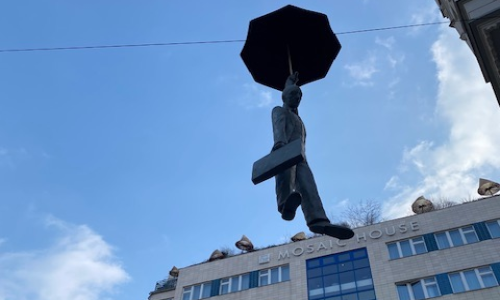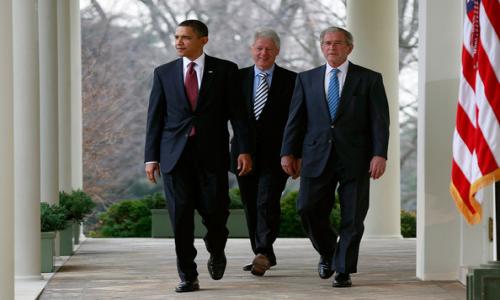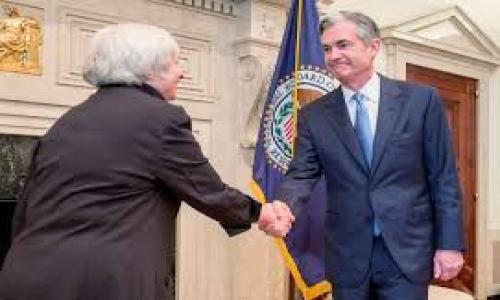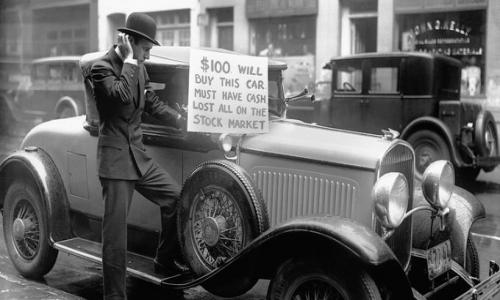In September 2012, the Fed said it expects to keep short-term interest rates near zero until 2015, and to continue its Operation Twist policy to suppress long-term rates well into 2013. In addition, the Fed is now undertaking QE3 through which it is pumping $40 billion each month into the struggling economy through mortgage bond purchases.
The arguments made for keeping rates low were due to concerns about high unemployment rates and “strains in global financial markets” and that low rates will stimulate more economic activity. In theory, in a low rate environment, consumers will be induced to borrow and to spend, but the economy has yet to recover its footing in a way that enables the Federal Reserve to abandon this policy. Rather, unemployment is still at a record high and the economy really has not gotten much better. Nevertheless, the Fed, by insisting to keep rates low, is bidding for some progression in the story over the next few years.
Many are concerned that the expansion of the Fed balance sheet as a result of its monetary policies will become inflationary. As of now, inflation has been in check due to the declining velocity of money with the public sector and corporations cutting back on debt. Public sector borrowing will most likely be further reduced in 2013 through spending cuts and tax increases, slowing the velocity of money even more, and helping to keep inflation in place.
Even if savers are not worry too much about inflation at the point, what does a continuation of a zero interest rate policy really mean to them? Low rates mean that yields cannot go any lower, and with virtually no return, there is no reason to park any money in bonds. Eventually, all the money that the Fed is pumping into the economy and low rates for savers could result in still higher stock prices.
Commodities too represent a particularly sensitive area in 2013. As the Fed continues to print money in support of its quantitative easing policy, the dollar will most likely remain weak. With Obama’s reelection, some pundits are calling for gold as high as $3,500 per ounce and silver over $100 per ounce by the end of 2013. Yet, commodities too bear risks, and a significant collapse in China or India or continued weakness in Europe could cause them to fall dramatically.
Ultimately some savers will take more risk in areas like equities and commodities as low rates continue for a longer and longer period, but many savers will become accustomed to lower rates and make necessary adjustments in their expectations in order to safely get through 2013.













Add your Comment
or use your BestCashCow account